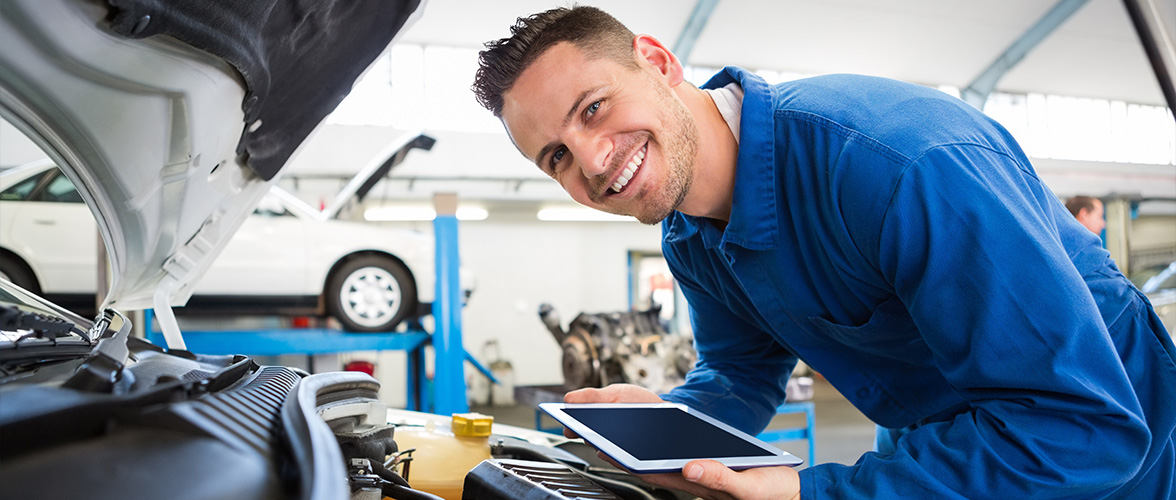All Categories
Featured
When it comes to automobile maintenance, tires are usually one of the most neglected parts, despite the fact that they play a critical duty in the security and efficiency of your car. Tire turning and placement are 2 vital services that assist guarantee your tires wear equally, last much longer, and proceed to do at their finest. Below's whatever you require to find out about tire rotation and positioning and why they matter for your automobile.
What Is Tire Rotation? Tire rotation is the procedure of relocating the tires from one setting to one more to ensure also wear across all 4 tires. The front and rear tires of an automobile wear at various rates due to the weight circulation and the truth that the front tires handle both steering and braking. By revolving the tires routinely, typically every 6,000 to 8,000 miles, you can cancel the wear and expand the life of your tires.
In most automobiles, the tires will be turned from front to back, and sometimes, side-to-side, depending upon the tire type and your car's specifications. This ensures that each tire births an equal amount of stress and strain. Routine tire rotations additionally improve automobile handling and ride top quality, as well as add to far better fuel efficiency.
What Is Tire Alignment? Tire placement describes adjusting the angles of your auto's wheels to guarantee they are positioned properly according to the manufacturer's specs. Appropriate placement guarantees that your tires are identical to each other and perpendicular to the ground, which helps boost the overall handling, security, and life-span of your tires.
There are three vital aspects of alignment:
Camber: The tilt of the wheels when viewed from the front. If the wheels lean inward or outside, it can trigger irregular tire wear. Caster: The angle of the steering axis when watched from the side. Correct caster alignment makes certain secure steering and better vehicle control. Toe: The angle at which the tires aim internal or outside when watched from above. Inaccurate toe positioning can create tires to put on unevenly and impact dealing with. Misalignment can take place due to factors like hitting gaps, aesthetics, or driving over harsh terrain, and even regular driving gradually can progressively cause misalignment. Obtaining a positioning check every 1-2 years or when you observe taking care of issues is essential for optimal tire efficiency.
Why Are Tire Turning and Alignment Important? Maximized Tire Life:. Tire turning makes sure even use throughout all four tires, avoiding premature tire replacement. Misaligned tires wear unevenly, which can bring about the need for even more regular tire replacements. Both tire rotation and positioning raise the life-span of your tires, saving you cash in the future.
Improved Security:. Proper placement assists keep your lorry monitoring right, improving security and handling. Misaligned tires can result in drawing, which makes it more difficult to control your lorry, especially at broadband or in emergency scenarios. Tire turning additionally ensures your car's handling continues to be regular, enhancing your ability to stop rapidly and keep control.
Much Better Fuel Effectiveness:. When your tires are correctly aligned, they experience less rolling resistance, suggesting your engine does not have to function as hard to move the car. This minimizes fuel usage and improves gas mileage. Imbalance can trigger your tires to drag, causing bad fuel efficiency.
Smoother Experience:. Misaligned or unevenly worn tires can cause resonances in the steering wheel or vehicle body, which can be awkward while driving. Routine tire rotation and placement can provide a smoother and quieter experience, reducing unnecessary sound and resonances.
Signs You Required Tire Rotation or Alignment. It is very important to be mindful of advising signs that your tires might require attention. Watch out for:
Irregular Tire Put On: If you notice that one tire is much more worn than others, maybe a sign that it's time for a rotation or placement. Steering Drawing away: If your automobile pulls to one side, specifically when you're driving directly, it can indicate misalignment. Vibrations or Unusual Noises: If your wheel trembles or you hear a buzzing or grumbling sound, your positioning could be off. Screeching Tires: A shrill screech can indicate imbalance or that your tires are worn unevenly. If you see any one of these indications, it's an excellent concept to have your car checked immediately to avoid more damage to your tires or shock absorber.
Just How Usually Should You Rotate and Straighten Your Tires? Tire rotation is usually recommended every 6,000 to 8,000 miles or every six months, depending upon your auto's handbook and driving problems. It's additionally a great concept to turn your tires during oil changes to ensure they obtain the attention they require.
For alignment, the majority of experts suggest having your tires lined up yearly or if you notice any dealing with problems. If you've recently struck a pit, curb, or another obstacle, it's a great concept to have your alignment checked earlier to stay clear of uneven tire wear.

Final Thought: Maintain Your Tires for Long Life and Safety and security. Tire rotation and positioning are straightforward yet critical elements of car upkeep that add to longer tire life, improved safety, and much better fuel effectiveness. By complying with the recommended solution periods for tire rotation and placement, you can guarantee your tires stay in top problem, offering a smoother and safer driving experience. Normal maintenance aids you prevent unexpected tire wear, expensive repairs, and prospective accidents, making it a sensible investment for your vehicle's general performance.
Latest Posts
Elevate Your Residential Or Commercial Property with Montana Fence Products
Smooth Floor Covering Installment-- The Carpet Interiors Floor & Home Way
Discover the Perfect Tile Floor Covering at Carpet Interiors Floor & Home
More
Latest Posts
Elevate Your Residential Or Commercial Property with Montana Fence Products
Smooth Floor Covering Installment-- The Carpet Interiors Floor & Home Way
Discover the Perfect Tile Floor Covering at Carpet Interiors Floor & Home